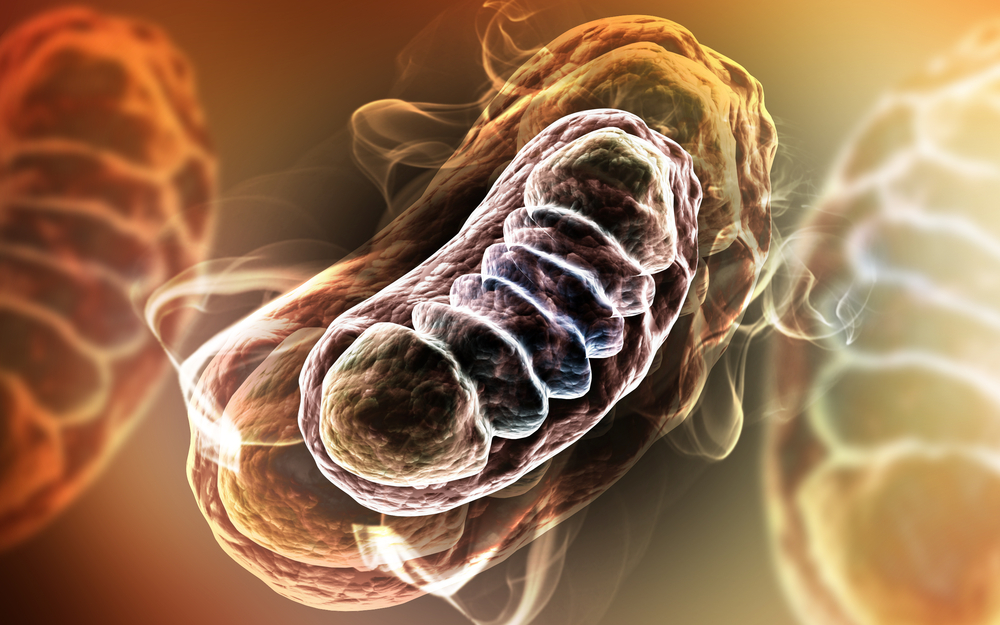Acute Hepatic Porphyria Patients Have Defects in Cellular Energy Production, Pilot Study Suggests
Written by |

People with acute hepatic porphyria (AHP), with moderate to severe symptoms, have a deficiency in mitochondrial function — meaning that their cells’ “power plants” don’t work properly, according to a pilot study.
The study titled, “Pilot study of mitochondrial bioenergetics in subjects with acute porphyrias,” appeared in the journal Molecular Genetics and Metabolism.
Individuals with AHP have defective synthesis of heme, a key molecule that allows blood cells to carry oxygen. A subset of these patients have deficiency in a regulatory heme pool within liver cells that leads to increased activity of 5-aminolevulinic acid (ALA) synthase-1 — a key enzyme in heme synthesis — and usually overproduction of porphobilinogen (PBG), an intermediate in the synthesis of porphyrins.
Earlier work in skin cells called fibroblasts from patients with acute intermittent porphyria (AIP), as well as in a mouse model of the disease, revealed defective function of mitochondria.
The team at Wake Forest University assessed whether patients with clinically manifest AHP have significant defects in mitochondrial respiration — the processes requiring oxygen that convert nutrients to ATP, the molecular currency of energy. The scientists also evaluated if defects in oxygen consumption correlate with clinical or biochemical AHP features.
The study involved 17 patients (13 women), including 15 with AIP and two with hereditary coproporphyria. Participants’ ages ranged from 11 months to 84 years. The clinical features also were highly variable, including a man with repeated acute attacks that required monthly hospital admissions, and a woman with elevated urinary excretion of ALA and PBG, but who had never experienced an acute attack.
As assessed in peripheral blood mononuclear cells — which include immune B-cells, T-cells, monocytes and macrophages — the people with moderate-to-severe symptoms had significantly lower basal and maximal-oxygen consumption rates (OCRs) than those with no symptoms or mild ones, and the five unaffected controls.
A severely affected infant (aged 11 months) with homozygous AIP — with mutations on both copies of the HMBS gene — had markedly lower OCR than his asymptomatic parents.
The findings also showed that the higher the urinary excretion of PBG, the lower the OCR.
The researchers said the results “support the hypothesis that active [AHP] is characterized by a deficiency in mitochondrial function.” They also suggest that “limitations in bioenergetic capacity may exist in those individuals who are symptomatic with [AHP] and who likely have partial deficiencies in at least some intracellular heme levels.”





